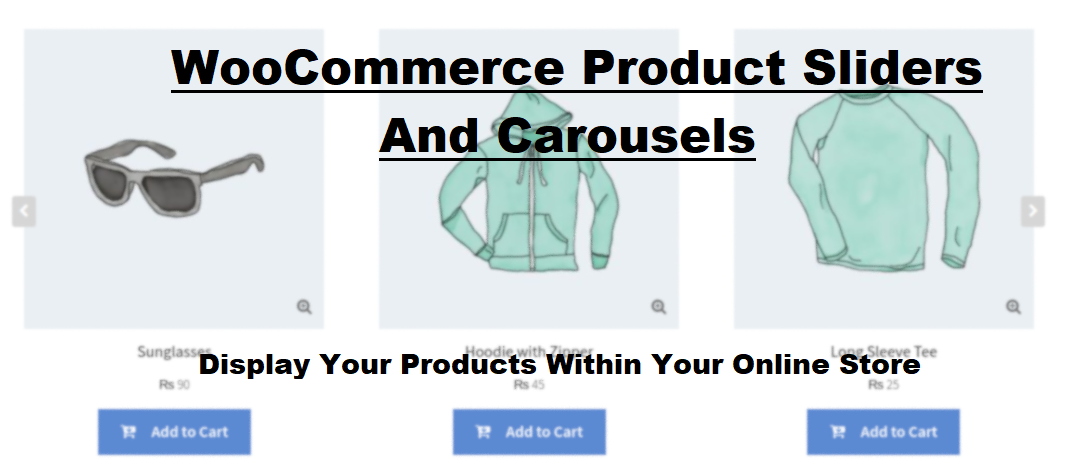7 Ways to Optimize Creative Design
Are you tired of the same old ideas? Worse, do you have no ideas at all? Creativity is an essential component of problem resolution and development. We’ve compiled a list of seven pointers for you to consider.
Quick Links
When it comes to design, you most certainly have a project that has to make an impression. However, it can be difficult to discover the imagination required to transform your idea into a masterpiece. While we’ve all heard the myth that creativity and inspiration always come at the proper time, any designer will tell you that upskilling creativity and calling on it for projects daily takes effort.
Although the creative design process is very standardized, there are techniques to optimize the workflow. We’ve gathered seven tips from professional designers who consistently use creativity to get the job done to help you be more creative while designing—or any assignment that requires a creative touch. Continue reading…
1. Look for the process that fits perfectly for you
The creative design process is personal. Each interprets information differently. When you initially start out, it can become a bit of a trial and error process. Consider viewing your process as a series of moves that can be reorganized.
For example, if you prefer reading and find inspiration in that way, you might gain the most from researching your topic before looking at photographs during the research process. Or, if you’re working on a design with a lot of text, perhaps your love of structure will prompt you to work out the format before thinking about color schemes or layout. Knowing which strategies are best for you will make the process more enjoyable and your work that much better. It also goes without saying that you need to know your customer or your target audience. After all, you are designing something for them.
2. Be a perfectionist to advance to the next level
The term “perfectionist” is often used disparagingly, but many brilliant designers are perfectionists themselves. “Pixel perfect” is a cliche purely for the reason that it is the very minimum need for outstanding design. What happens after pixel perfection is what attracts the attention of the most talented designers.
3. Improve your communication with your audience
Tell them a story that will hold their attention. For example, your email marketing copy should include more than just a list of items that are on sale this weekend. Instead, it must fit in with their current circumstances.
Would you like to position the offer as a treat for singles who don’t have a particular someone to celebrate Valentine’s Day with? Is this the weekend before the New Year’s Eve wardrobe refresher session? If you put more thought into your communications, your target audience will find them more intriguing as well.
4. Add extra value
The goal of a successful content marketing campaign is to provide customers and target audiences with value. Focusing on customer success and providing value is the first step in retaining and gaining customers’ trust. Over time, it will result in greater sales. If you incorporate visual design aspects into your material, you’ll be providing more value to your customers.
Research has shown that people are able to comprehend visual interactions more quickly than written ones. A creative infographic or video instructional is more effective than a printed guide in conveying product instructions.
5. Try to add excitement to your work
Designers may lose interest and passion midway through a lengthy and intricate project. This could dampen their creative spirits, which would be detrimental to the project’s general health.
As a result, it’s always a smart option to continually learn new things in order to stay motivated and interested in your profession. It is usually suggested to divert your attention away from routine scheduled tasks and onto other design components.
For instance, if working on the About Us page bores you, you can shift your focus to web page design. While many designers may complain that it disrupts their work rhythm, it is an excellent method to get high on an exaggerated dose of a creative idea enhancer!
6. Discover how to get more out of feedback
Dealing with criticism is one of the most mentally draining things we can do as artists. Nonetheless, it is indispensable if you want to enhance your talents.
When well-deserved, positive praise is lovely, but it offers little more than an exaggerated sense of self-worth. And when it’s unjustified and knee-jerk, it can really be harmful to your continued development (see: mutual backslapping on numerous forums).
So, whether you’re putting your ideas on Facebook, Behance, or Dribbble or simply sharing them with several select friends or coworkers, it’s critical to carefully choose your words to elicit the most (constructive) critique.
7. Evaluate your success
You must assess the efficacy of the components your team creates. It’s the only way to learn from failures, optimize what works, identify future process improvements, and justify marketing investment. Here are some questions to consider while developing a data and analytics process:
How will you measure success for each component?
- Clicks
- Engagement
- generating leads
- Sales
- And more.
What measures are needed, and who will keep track of them?
- Rate of click-through
- Likes, comments, and social media shares
- Time spent on page
- Sales volume
- And more
Who will be in charge of data analysis and reporting?
What information will be included in reports, and how frequently will they be issued?
Who will receive the reports?
How will the report’s findings be put to use?
Last Thoughts
These five suggestions are not measures that you must take one after the other. They are more like acts that you must perform regularly and repeatedly. Even if you’re an experienced designer who believes you’re at a high level, you should still research other design projects, update all design theories, acquire new approaches, enhance your style, and share what you’ve learned with others. It also helps to adopt viable systems to improve rankings.
It may be tough to say whether or not we are making progress in our efforts. If you really like your design at the time of creation but despise it a month later when compared to your new efforts, it signifies you’re making progress. If you notice a difference with each new endeavor, it suggests you’re making rapid progress and heading on the right path. Continue your good work!
What Is WooCommerce Product Slider and Why Your Store Needs It
Why Do Product Images Matter So Much in Online Stores? When someone visits an online store the…
0 Comments9 Minutes
How to Streamline Your Customers’ Shopping Experience?
The goal for any online store is to make shopping as smooth as possible. When visitors move…
0 Comments8 Minutes
Strengthening Brand-Customer Relationships Through Gamified Loyalty Programs
Creating lasting connections with customers has become increasingly vital as the marketplace grows…
0 Comments6 Minutes
How to Use SEO and SEA Together in Search Engine Marketing
In digital marketing, search engine marketing (SEM) plays a critical role in improving online…
0 Comments10 Minutes
Content Marketing Growth Hacks: Real Shortcuts to Drive Traffic
Are you still lagging in content marketing? Sticking to these old strategies seems…
0 Comments10 Minutes
How to Build a Strong Local Following Using Social Media Marketing
In the days of likes, shares, and stories, local businesses have a golden opportunity to create…
0 Comments9 Minutes
Why WooCommerce is the Best Choice for Your Online Store?
WooCommerce stands out as a top option for anyone looking to build an online store. This platform…
0 Comments8 Minutes
How to Use AI-Powered SEO Tools for WordPress eCommerce
SEO is a critical factor in the success of any e-commerce WordPress store. As competition…
0 Comments11 Minutes








